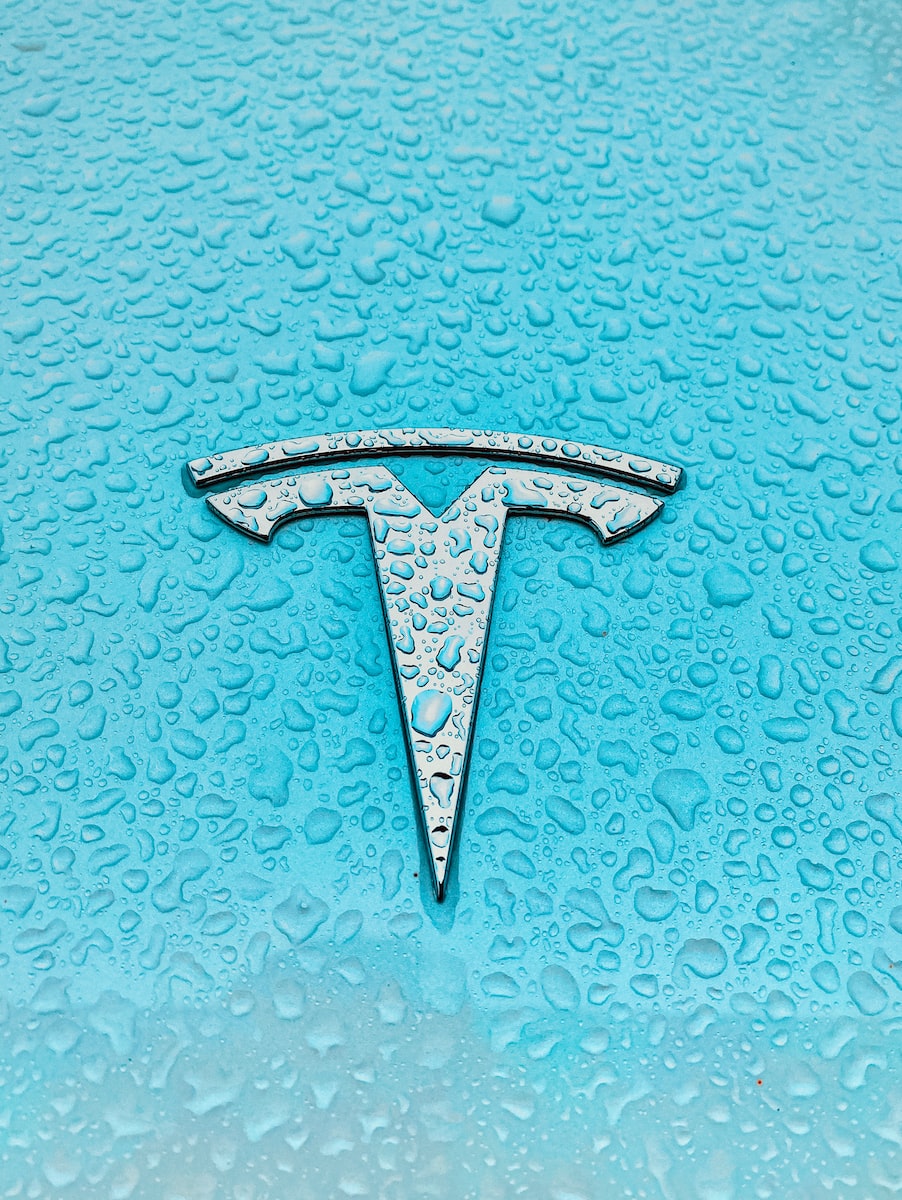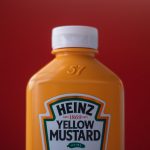Introduction
You’ve put a lot of thought into the food you’re selling. You’ve sourced the best ingredients, you’ve perfected the recipe, and you’re confident that your product is superior to anything else on the market. But all of that hard work can go to waste if your packaging doesn’t make an impression on consumers.
In this article, we’ll look at six ways package design can make or break your food brand. We’ll discuss some key design principles that you should keep in mind, and we’ll provide some tips for creating an appealing and effective package for your product.
The Role of Package Design in Food Branding
Packaging is one of the most important aspects of any food brand. After all, it’s the first thing potential customers will see, and it’s the first opportunity you have to make a good impression. A well-designed package will help your food stand out on store shelves, and it can even help increase sales.
There are a few key factors to keep in mind when designing your food packaging:
-Colors: Use colors that evoke the right emotions and reflect your brand personality. Bright colors can attract attention, while muted colors may be more calming.
-Fonts: Choose fonts that are easy to read and reflect your brand identity.
-Images: Use images that are eye-catching and reflect the type of food you’re selling.
-Layout: Make sure your layout is simple and easy to understand. Don’t overcrowd your package with too much text or images.
-copy: Keep your copy brief and to the point, highlighting the most important benefits of your food.
How Package Design Affects Purchase Decisions
Think about the food brands you buy on a regular basis. Why do you choose those brands over others?
For many people, the answer comes down to package design. A well-designed package can make your food product stand out on the shelf, and it can help you attract new customers and keep existing ones coming back for more.
But designing a great package is no easy task. It takes careful planning and a lot of hard work. You need to figure out what your target audience is and what they’re looking for in a food product. You need to create a design that’s eye-catching and unique, but still consistent with your brand identity. And you need to make sure that your packaging meets all of the legal requirements for food products.
It’s a lot of work, but it’s worth it. A great package design can make or break your food brand.
The Importance of Packaging Design
Think about the food brands you love. Why do you love them? More likely than not, it’s because of the package design. That’s because package design is one of the most important factors that affect purchase decisions.
When it comes to food, we’re often drawn in by visuals. We want something that looks appetizing and mouth-watering, and we want to be able to trust that the food inside is going to taste as good as it seems. That’s where package design comes in. It needs to be able to convey all of those messages, and it needs to do so in a way that’s both appealing and trustworthy.
It’s not enough for a food brand to have a good product, the packaging needs to be good too. So if you’re looking to create or improve your food brand, make sure you focus on your packaging design. It could make or break your business.
Factors to Consider in Food Packaging Design
There are a number of factors you need to take into account when designing food packaging, including the type of food, the target market, and the shelf life of the product.
– Type of food: The type of food will dictate the type of packaging you need. For example, fresh produce will need packaging that keeps it fresh, while dried goods can be packaged in a more lightweight material.
– Target market: You need to consider who your target market is and what they’re looking for in a package. For example, if you’re targeting a health-conscious audience, they might be looking for a package design that screams “healthy.”
– Shelf life: The shelf life of your product will also dictate the type of packaging you need. For example, if you’re selling a perishable product, you’ll need packaging that keeps it fresh for as long as possible.
Keep these factors in mind when designing your food packaging and you’ll be sure to create a design that’s appealing to your target market and helps your product stand out on the shelves.
Guidelines for Creating an Effective Food Packaging Design
Now that you understand the role of food packaging design, let’s get into some practical tips for creating an effective design.
Here are six guidelines to keep in mind:
– Keep it clean and straightforward: You want your packaging to be eye-catching, but not so busy that it’s confusing. Stick to one or two colors, and use clean lines and shapes.
– Make it unique: Your packaging should reflect the unique qualities of your food brand. What makes you different from the competition?
– Use high-quality materials: Cheap materials will make your brand look cheap. Invest in high-quality materials that will make your packaging look luxurious and luxurious.
– Be environmentally friendly: Consumers are increasingly interested in environmental sustainability, so make sure your packaging is eco-friendly. Use recycled materials, and avoid using excessive packaging.
– Make it easy to open and close: No one wants to struggle to open their food package. Make sure your packaging is easy to open and close, with clear instructions.
– Test your packaging: Before you launch your food product, test your packaging with consumers. Get feedback on the design, and make sure it’s effective.
Conclusion
In short, your food brand’s packaging design is crucial to its success. Get it right, and you’ll see a boost in sales and customer satisfaction. Get it wrong, and you’ll end up with unhappy customers and unsold products.
So what are you waiting for?
















